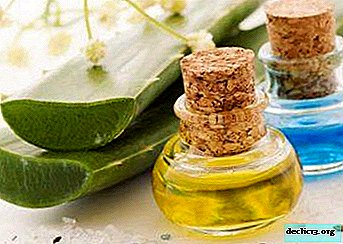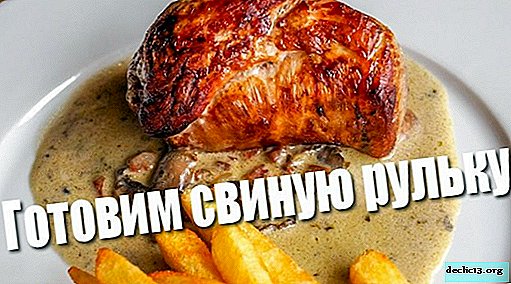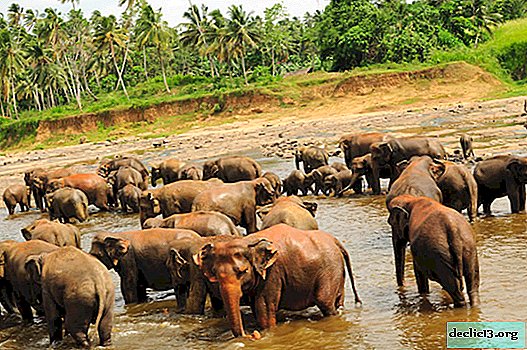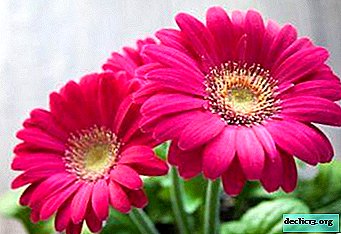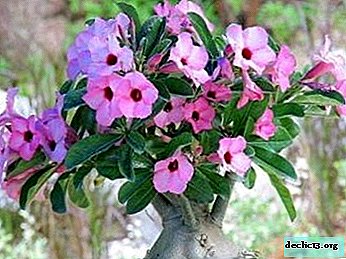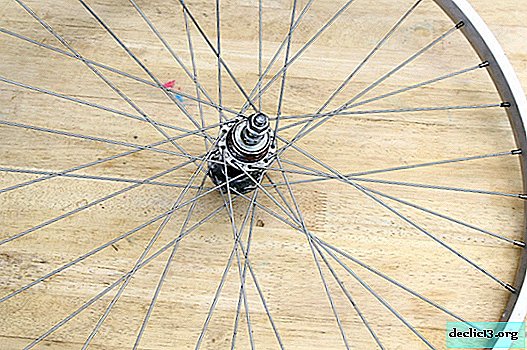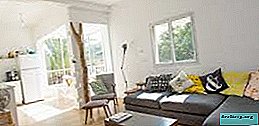Pros and cons of polypropylene and plastic pipes
Polypropylene pipes
They are one of the most popular among all types of plastic pipes; they are used both for heating installation and for water supply. Installation is carried out by soldering through couplings. For heating and hot water use polypropylene pipes, which contain an internal metal braid.
Benefits- low cost, easy transportation and installation;
- service life is 45 years;
- since they have poor thermal conductivity, do not require additional insulation (insulation);
- lack of electrical conductivity;
- have a low roughness of the pipe walls;
- lack of corrosion;
- maintainability, damaged unit can be easily removed and re-soldered;
- environmental safety of the material - polypropylene belongs to the class of environmentally friendly materials;
- low indicator of working temperature, which is 80 C;
- the pipes cannot be bent - special bends are used for bends and turns, therefore they cannot be given a semicircular shape;
- basically all the disadvantages of polypropylene pipes are associated with a violation of the production technology and the use of low-quality raw materials, so do not forget that high-quality material always costs money.
High installation speed, ease of transportation, low noise, no pollution of the inner surface of the pipes and relatively low cost - all these qualities support polypropylene pipes in a leading position in the markets of building materials and components.
Plastic pipes
To the most economical option include plastic pipes. Such pipes can be connected using fittings, in which case the entire system will be detachable and cannot be sewn into the walls. For those cases where it is necessary to hide the wiring, press joints are suitable. Their easy installation and relatively low cost are indispensable for the assembly of temporary water supply systems.
Benefits- low cost;
- easy installation, when assembled on fittings it does not require special devices;
- do not corrode;
- the permissible flexibility radius is 4 pipe diameters; for stronger bending, special springs are used that prevent deformation;
- resistant to high temperatures, used for installation of hot water and heating.
- the main disadvantage is the different coefficient of expansion of the pipe components - in aluminum it is one, in plastic - the other, expansion with temperature changes, although compensated by an adhesive layer, it is difficult to call such a layered pipe structure perfect.
- short service life from 12 to 17 years;
- require periodic tightening of the joints on the fittings (approximately every 3 years), pipes may begin to undermine due to temperature changes.
One of the main advantages of metal-plastic pipes is their resistance to corrosion and internal pollution. A smooth inner surface prevents the buildup of solid formations, which usually leads to a decrease in throughput. Such pipes are easy to bend, convenient and easy to install - no special equipment is required for installation.

